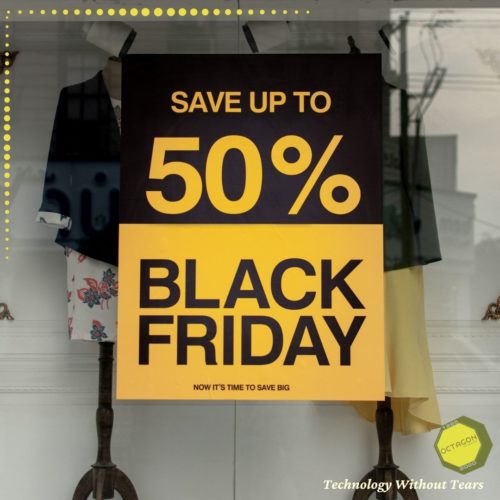Shopping has never been faster and easier for consumers. In the age of COVID-19, online shopping is safer than going out even if you are fully masked and gloved. Unfortunately, there are bad guys out there too! Here are some basic guidelines you can apply to shop with confidence.
- Use up-to-date anti-virus and anti-malware software from a trusted supplier and run periodic scans – without protection you are vulnerable to online threat.
To read more about which antivirus to choose for your business visit a blog by Kamila
- Use strong passwords – you don’t like super long and complicated passwords? Oh well, you need one these days. Make sure all your accounts, whether it is your email account or bank account, is locked down securely with an impossible to solve password. Don’t use the same password for each online account. Aim for fifteen or more characters in your passwords.
To read more about how to create a complex password using a modern way visit a blog by Clive
- Use familiar websites and beware of misspellings or sites using a different top-level domain (.net instead of .com, for example)
- Look for the lock – never buy anything online using your credit card from a site that doesn’t have an SSL certificate (secure sockets layer). If a site is secure and encrypted, you will get a little padlock icon in your browser address window. If you cannot see a padlock, look for https:// in the website address. This is a notification that you are sending information directly to your merchant and there are no “man-in-the-middle deceptions”.
- Wait for your address bar to go green – that is an indication the website is safe and that you are on the website you are intended to be on and not a fake malicious one. So basically, if you are going to enter a password or any information like an address or credit card number, you want to make sure the website is using HTTPS – see point above.
- Look out for the trust seals – they are usually on the bottom of your merchant home page or on the payment page.
- Use secure virtual payments systems – whether it is PayPal or another online payments system, you can sometimes avoid using your main credit card entirely. PayPal offer the ability to get a debit card that you can use to shop online. Remember to double-check the payment information to make sure that you are paying the correct amount.
- Check statements regularly – don’t wait for your bill to come at the end of the month. Go online regularly and look at electronic statements for your credit card and debit card, and check your accounts. Look for any fraudulent charges, even originating from payment sites like PayPal.
- Privatise your network – aim to shop from your private network, however if you’re shopping via a public hotspot such as Starbucks or Costa use a virtual private network (VPN) to be safe.
To read more about a VPN visit a blog by Clive
- Fake Ads and Coupons – lookout for fake online ads and coupons in general. The simple rule is that if it sounds too good to be true, it probably is too good to be true.
- Closing Pop-Ups and Pop-Unders – a lot of advertising you are seeing online is legitimate, but not always. If you need to close a window, be careful because some people like to add fake “X” close buttons. Remember these keyboard commands to make sure you close a window – Control + F4 for Windows and Command + W for Macs.
For more hints and tips on Technology Without Tears speak to our trusted team members on 01522 797520.
Kamila
General Manager


